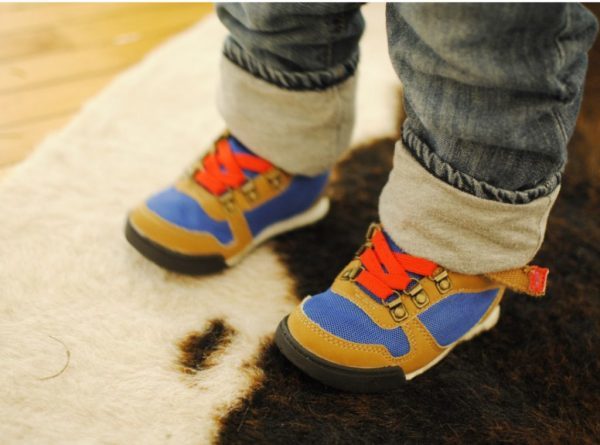When Do I Decide to Buy New Shoes For My Child?
Unless children complain that they don’t feel comfortable with their shoes, you may not know when it’s time for new shoes.
You should periodically check your children’s shoes to make sure what they’re wearing; is still proper for them or not.
Red Flags ( If you notice this take an action )
- If you see particularly worn areas or stressed marked points.
- If the sides are bulging or wearing out more quickly than the rest of the shoe, then they may not be wide enough.
- if you see that toes bend upwards this is also a sign of shoes that don’t fit properly.
- worn out toes or heels indicate it’s time for a new pair of shoes as well.
Recommendation for parents when they pick up shoes for their children :
- Feet should be measured while standing not in a sitting. Always have both feet measured because unfortunately, one foot is usually larger than the other.
- Buy shoes to accommodate the larger of the two feet.
- When your children are wearing the shoes and their feet are fully extended (notice toe crunching), there should be a bit of space between the edge of the shoe toe and the edge of your children’s toes (about a half inch).
- With the rate children outgrow shoes, parents want to buy shoes that are too big, but you should never buy shoes that are more than one size too large for your children.” Shoes that are too big can cause a child to trip and develop foot problems”.
- shoes that have too tight of a heel will cause discomfort but having shoes that are too loose also is also very problematic for your child.
- The heel of the shoes should fit but not tightly around the back of the child’s heel.
- if your child has a flat foot appearance will need extra arch support in all activities whether running, walking, cycling, playing sports, and at schools.
- Look for shoes made from breathable materials, such as canvas or leather. In addition to being more durable, they will help to keep the child’s foot cooler and dryer, helping to prevent blisters, discomfort, and smelly shoes.
- always avoid heels on children’s shoes. Not only is it difficult for kids to walk in heels, they are particularly bad for proper foot development.
- Look for a pattern or textured sole, as this will provide traction and help prevent your child from easily slipping on slide surfaces.
- Soles should be sturdy and thick enough to protect the feet from pain and injury, but the sole also needs to be flexible so that it will bend with the foot.
- Children with ligamentous laxity may benefit from high top tennis shoes to promote less risk of injury for ankle sprains/strains.
|
December 1, 2017 |
Categories:
Buy New Shoes For My Child |


